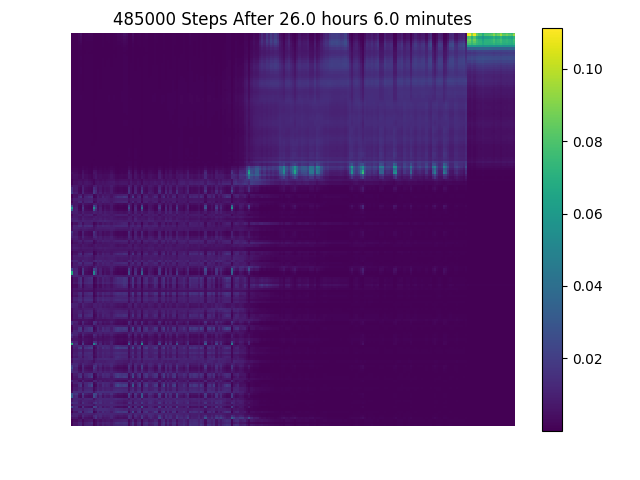This is a tensorflow implementation of DEEP VOICE 3: 2000-SPEAKER NEURAL TEXT-TO-SPEECH. For now, we are just focusing on single speaker synthesis.
- Tensorflow >= 1.2
- Python >= 3.0
Download and unzip the LJ Speech Dataset. Run:
python prepro.py
Note: Make sure that we have unzipped the dataset into the same foler of prepro.py.
After this, we would get three new folders:
├── dones [New]
├── mags [New]
├── mels [New]
├── metadata.csv
├── README
└── wavs
Training data is loaded from ./LJSpeech-1.0/metadata.csv, ./LJSpeech-1.0/mels, ./LJSpeech-1.0/dones, ./LJSpeech-1.0/mags as default. If we want to change the loading path, we could change the config in class Hyperparams.
To train the model, we use this command:
python train.py
Currently, we can not get good result. However, we still provide our pre-trained model in case someone is interested in it.
Its attention figure is as follows:
All the attention figures generated at training are included in the pre-trained model zipped file.
- hyperparams.py: hyper parameters
- prepro.py: creates inputs and targets, i.e., mel spectrogram, magnitude, and dones.
- data_load.py
- utils.py: several custom operational functions.
- modules.py: building blocks for the networks.
- networks.py: encoder, decoder, and converter
- train.py: train
- synthesize.py: inference
- test_sents.txt: some test sentences in the paper.
Most of the code is borrowed from Kyubyong/deepvoice3.
